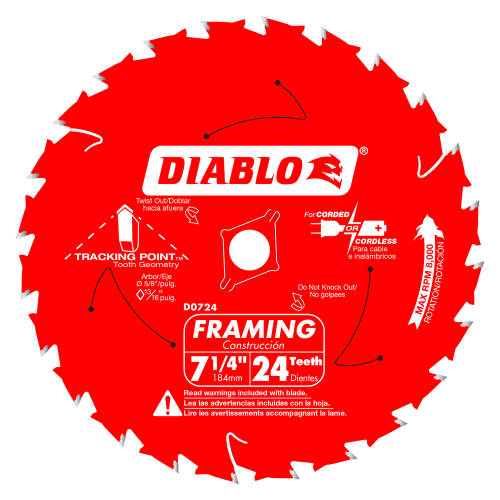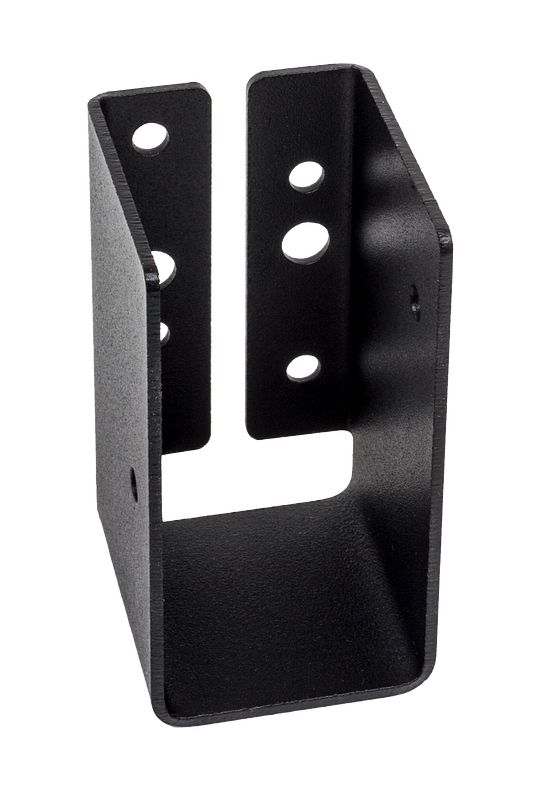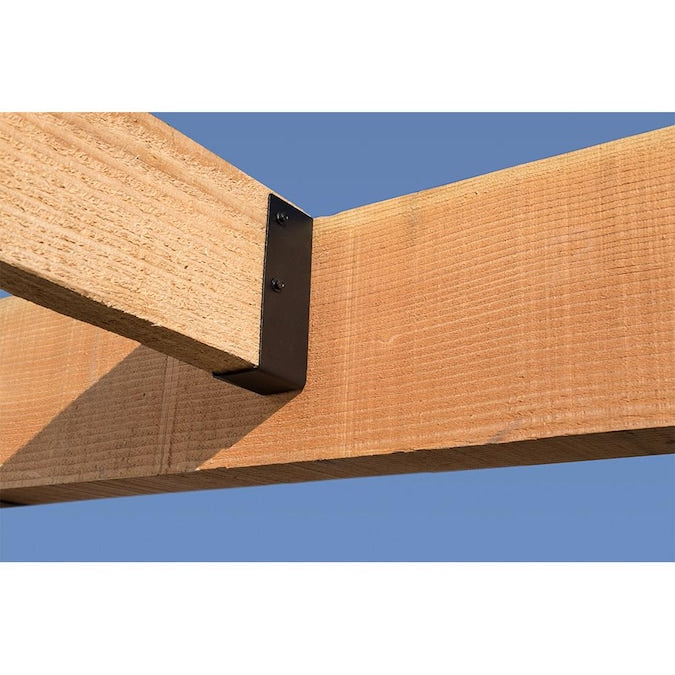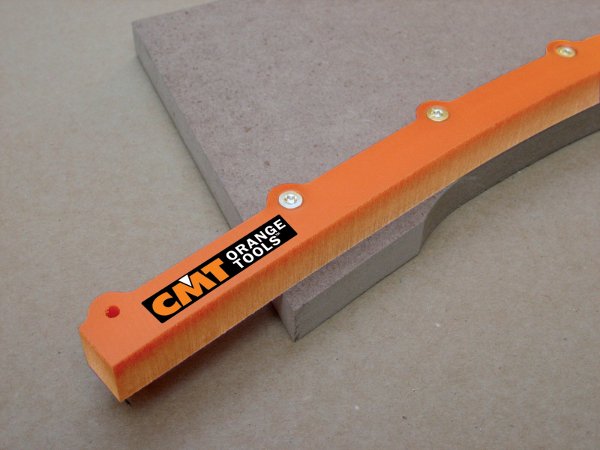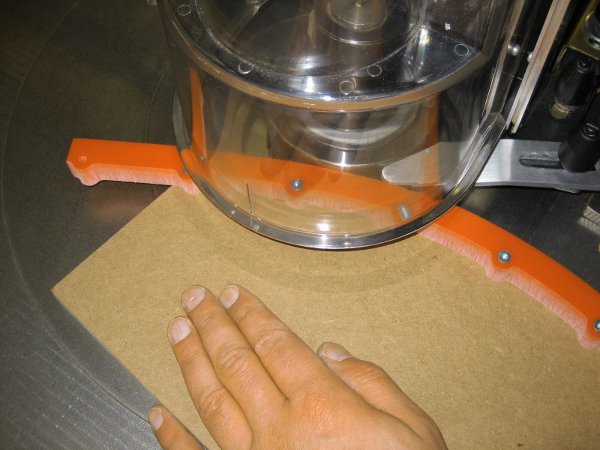Adhesives are a crucial part of any construction project. Structures need support to handle stress. These helpers keep things together and provide that support. Many adhesives aren't durable enough to last forever due to weak materials used. You must know the different types of adhesives available to choose the best one for your project.
Water-Based Adhesives
Many in construction prefer water-based adhesives. They are easy to use and better for the environment. These glues use water instead of chemicals to keep things together. This makes them safer and better for the environment than other glues.
Benefits
- Low toxicity and low VOC emissions
- Easy clean-up with water
- Non-flammable
Drawbacks
- Longer drying time than solvent-based adhesives
- May not be suitable for water-sensitive materials
Applications
Water-based glue works on different things like wood, paper, fabric, and some plastics. They are commonly used for wallpaper installation, wood panel bonding, and carpet installation.
Solvent-Based Adhesives
Solvent-based adhesives make things stick well and dry fast since they use organic solvents. These glues are used in fast and sturdy building projects.
Benefits
- Fast drying time
- Strong bonds
- Suitable for a wide range of materials
Drawbacks
- High VOC emissions
- Flammable
- Requires proper ventilation during application
Applications
Solvent-based adhesives work for metals, plastics, rubber, and glass. They are often used to stick floors, insulation, and metal or plastic parts together.
Reactive Adhesives
Reactive adhesives create strong bonds by reacting chemically. They are durable and long-lasting. These glues are used in building projects that need strong bonds and can resist the environment's effects.
Benefits
- High-strength bonds
- Resistant to moisture, heat, and chemicals
- Long-lasting adhesion
Drawbacks
- Longer curing time than other adhesives
- May require specialized equipment for application
Applications
Reactive adhesives work on many materials like metals, plastics, and composites. They're often used for joining and securing parts in tough conditions.
Hot Melt Adhesives
Hot melt adhesives are solid adhesives that are heated and applied in a molten state. These glue types stick things together fast. They're great for building projects that need speedy adhesion.
Benefits
- Fast bonding time
- Easy application with a hot glue gun
- Low VOC emissions
Drawbacks
- Limited heat resistance
- May not be suitable for high-stress applications
Applications
Hot melt adhesives work with many different materials, like wood, plastic, and fabric. They are often used to connect insulation, trim, molding, and electrical parts.
Pressure-Sensitive Adhesives
PSAs, or pressure-sensitive adhesives, stick when you apply pressure. You don't need heat or chemicals to make them work. People often use these glues in construction when they need to apply or move things easily.
Benefits
- Easy application with no need for heat or curing
- Can be repositioned during application
- Suitable for a wide range of materials
Drawbacks
- May not provide strong bonds for heavy-duty applications
- Can be sensitive to temperature and humidity
Applications
Pressure-sensitive adhesives can be used on materials such as plastics, metals, and glass. They are often used to stick window films, attach signs, and hold electrical parts.
How to Select the Appropriate Adhesive for Your Construction Project
- Consider the materials being bonded: The first step in selecting the right adhesive is to consider the materials that you need to bond. Adhesives work differently with different materials. Choose an adhesive made for the material you're using to make sure it works well. Water-based adhesives work with wood, paper, and fabrics. Solvent-based ones are good for metals, plastics, and rubber.
- Assess the environmental conditions: The environment where you build can affect how well your glue works. Temperature, humidity, and chemicals can affect how well the adhesive sticks and how long it lasts. Choose an adhesive that can handle your project's environment. Reactive adhesives are tough and can handle moisture, heat, and chemicals. They work well in high-stress places.
- Determine the required bond strength: When choosing an adhesive, it's important to think about how strong it needs to be for your project. If your project is demanding or has harsh conditions, you'll need a strong adhesive. Reactive adhesives are one option for providing durable bonds. If you need to move or change your project often, consider using pressure-sensitive adhesives instead. They are easier to apply and work well for this purpose.


